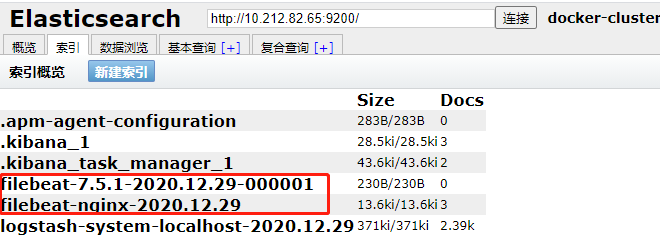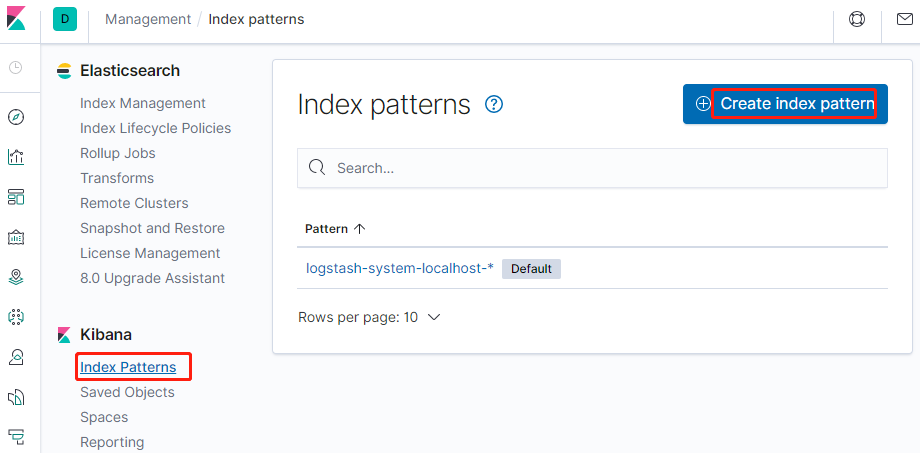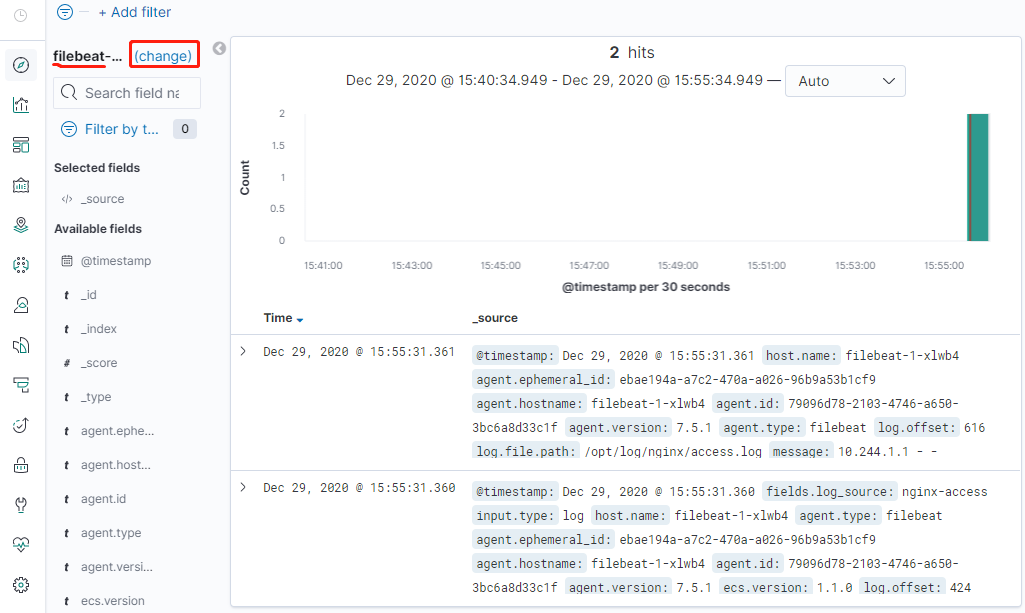一、概述
在k8s集群中,已经部署了nginx应用,需要使用elk来收集日志。
注意:elk并没有放在k8s集群中,使用单独的服务器进行安装。不推荐elk放在k8s集群中!
其中filebeat,使用DaemonSet方式部署,这样就可以自动收集了。
二、部署
环境说明
操作系统:centos 7.6
k8s版本:1.18.1
ip地址:10.212.82.63
配置:2核4g
主机名:k8s-master
操作系统:centos 7.6
k8s版本:1.18.1
ip地址:10.212.82.65
配置:2核4g
主机名:k8s-node01
日志说明
nginx容器,默认的日志路径为:/var/log/nginx,所以在部署时,我会将此目录映射到宿主机的/opt/log/nginx目录
部署filebeat时,需要将/opt/log/nginx目录挂载到filebeat容器中,这样才能读取nginx日志。
elk
本文使用elk版本,统一采用7.5.1
由于资源紧张,我这里演示效果,在 k8s-node01 部署elk。在实际生产环境中,请单独部署。
关于elasticsearch和head插件安装,请参考链接:
https://www.cnblogs.com/xiao987334176/p/13565468.html
关于logstash安装,请参考链接:
https://www.cnblogs.com/xiao987334176/p/13565790.html
关于kibana安装,请参考链接:
https://www.cnblogs.com/xiao987334176/p/13570301.html
请确保elk工作正常,kibana能看到 logstash收集到的/var/log/messages日志信息。
nginx
登录到主机k8s-node01,创建日志目录
mkdir -p /opt/log/nginx
登录到主机k8s-master,部署nginx
新建文件 nginx-deployment.yaml,内容如下:

apiVersion: apps/v1 kind: Deployment metadata: name: nginx-1 spec: selector: matchLabels: run: nginx-1 replicas: 1 template: metadata: labels: run: nginx-1 spec: containers: - name: nginx-1 image: nginx:stable-alpine ports: - containerPort: 80 volumeMounts: - mountPath: /var/log/nginx name: nginx-log restartPolicy: Always volumes: - name: nginx-log hostPath: path: /opt/log/nginx
新建文件 nginx-service.yaml,内容如下:

apiVersion: v1 kind: Service metadata: name: nginx-1 labels: run: nginx-1 spec: type: NodePort ports: - port: 80 name: nginx-port targetPort: 80 protocol: TCP nodePort: 30008 selector: run: nginx-1
开始正式部署
kubectl apply -f nginx-service.yaml
kubectl apply -f nginx-deployment.yaml
filebeat
filebeat的镜像,需要在官方的基础上,做一次封装。因为配置文件,需要调整一下。由于资源紧张,这里并没有使用私有仓库harbor或者云产商的私有仓库,直接使用本地存储。
登录到主机k8s-node01,新建目录,并创建dockerfile
mkdir -p /opt/filebeat cd /opt/filebeat vi dockerfile
内容如下:
FROM elastic/filebeat:7.5.1 ADD filebeat.yml /usr/share/filebeat/filebeat.yml
新建文件filebeat.yml,内容如下:
# 收集系统日志 filebeat.inputs: - type: log enabled: true paths: - /opt/log/nginx/access.log fields: log_source: nginx-access - type: log enabled: true paths: - /opt/log/nginx/error.log fields: log_source: nginx-error filebeat.config: modules: path: ${path.config}/modules.d/*.yml reload.enabled: false processors: - add_cloud_metadata: ~ - add_docker_metadata: ~ output.elasticsearch: hosts: '10.212.82.65:9200' indices: - index: "filebeat-nginx-%{+yyyy.MM.dd}"
说明:
这里是读取2个日志文件,分别是access.log和error.log。然后将内容输出到elasticsearch
请根据实际情况修改!
生成镜像
docker build -t my-filebeat:v1 .
登录主机k8s-master,新建filebeat.yaml,内容如下:

apiVersion: apps/v1 kind: DaemonSet metadata: name: filebeat-1 spec: selector: matchLabels: run: filebeat-1 template: metadata: labels: run: filebeat-1 spec: containers: - name: filebeat-1 image: my-filebeat:v1 imagePullPolicy: IfNotPresent volumeMounts: - mountPath: /opt/log name: log restartPolicy: Always volumes: - name: log hostPath: path: /opt/log
注意:这里采用DaemonSet方式部署,必须挂载目录/opt/log,否则无法读取。
正式部署
kubectl apply -f filebeat.yaml
访问elasticsearch head插件,查看filebeat索引是否存在

登录kibana,新建索引filebeat

索引名称为:filebeat-nginx-*

添加索引之后,返回主页面
点击change,切换索引到filebeat-nginx-*,然后刷新几遍nginx访问页面,效果如下:

